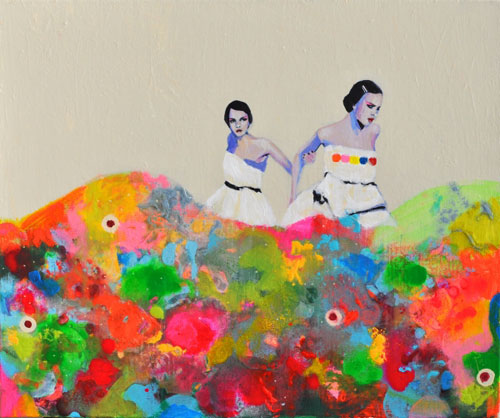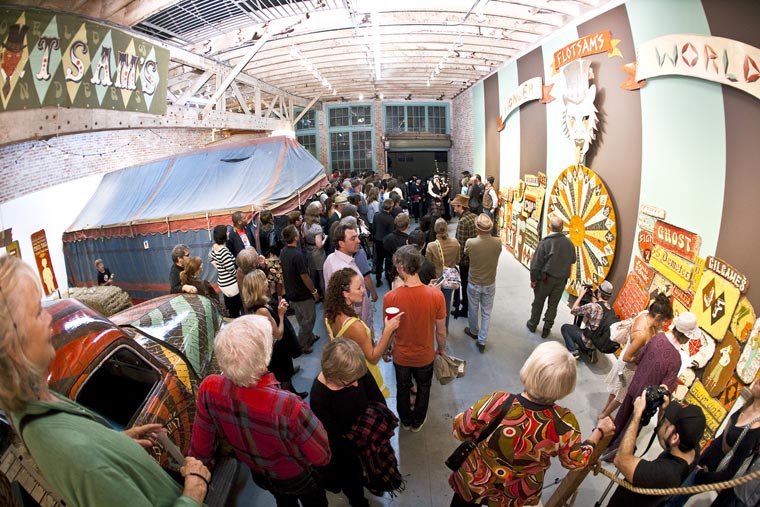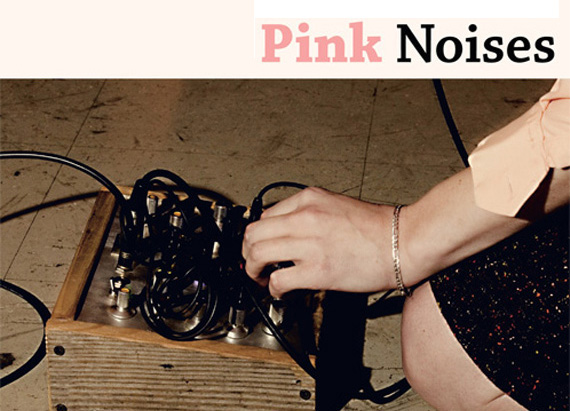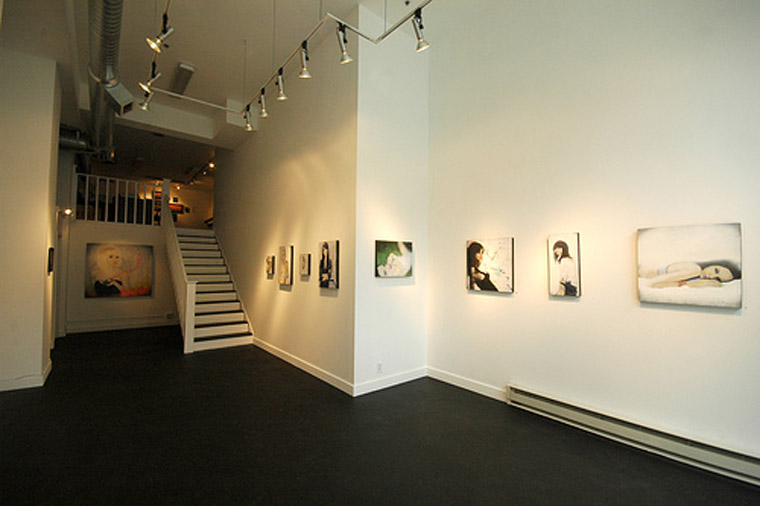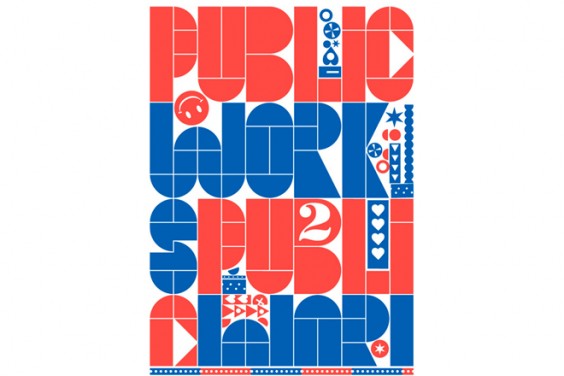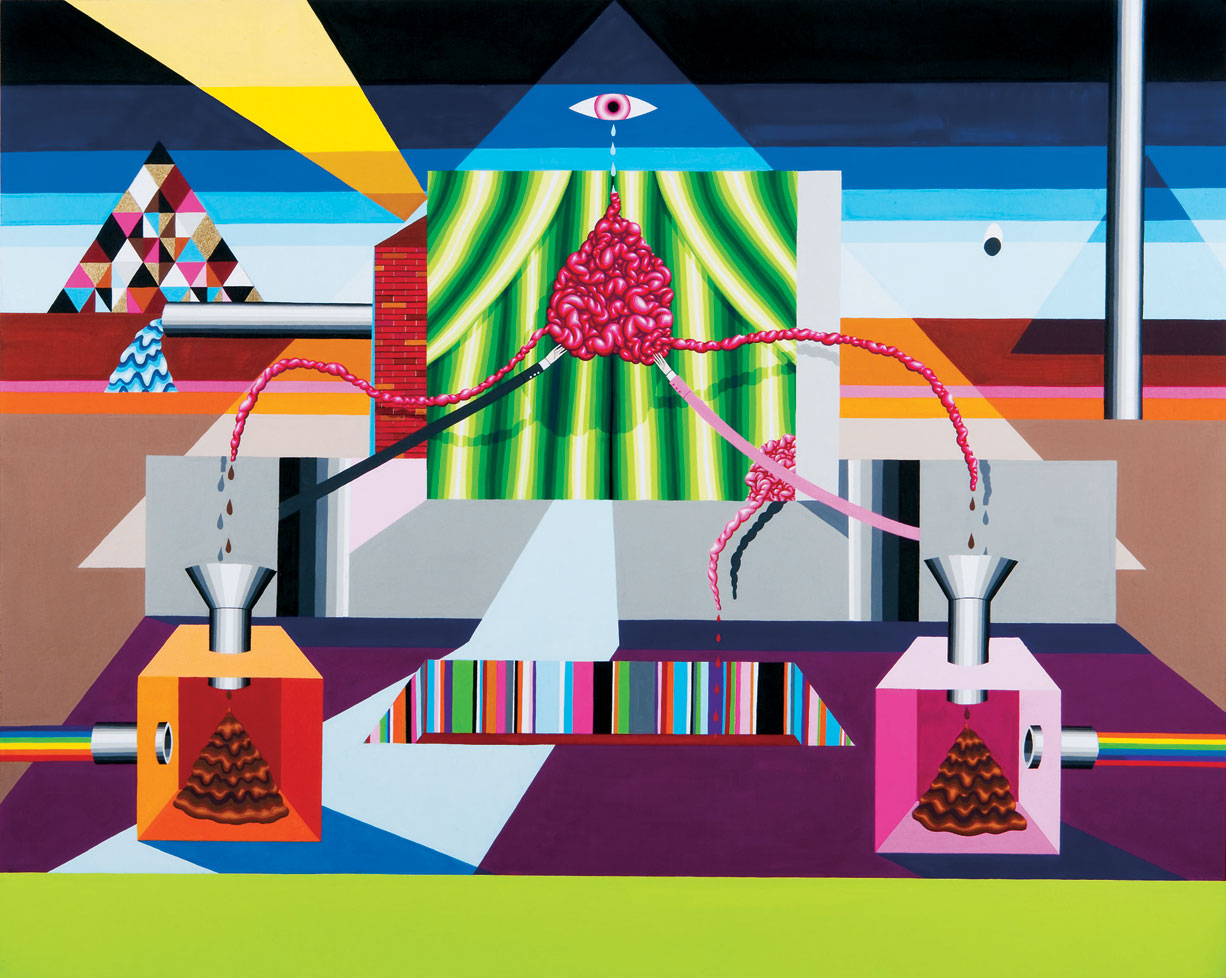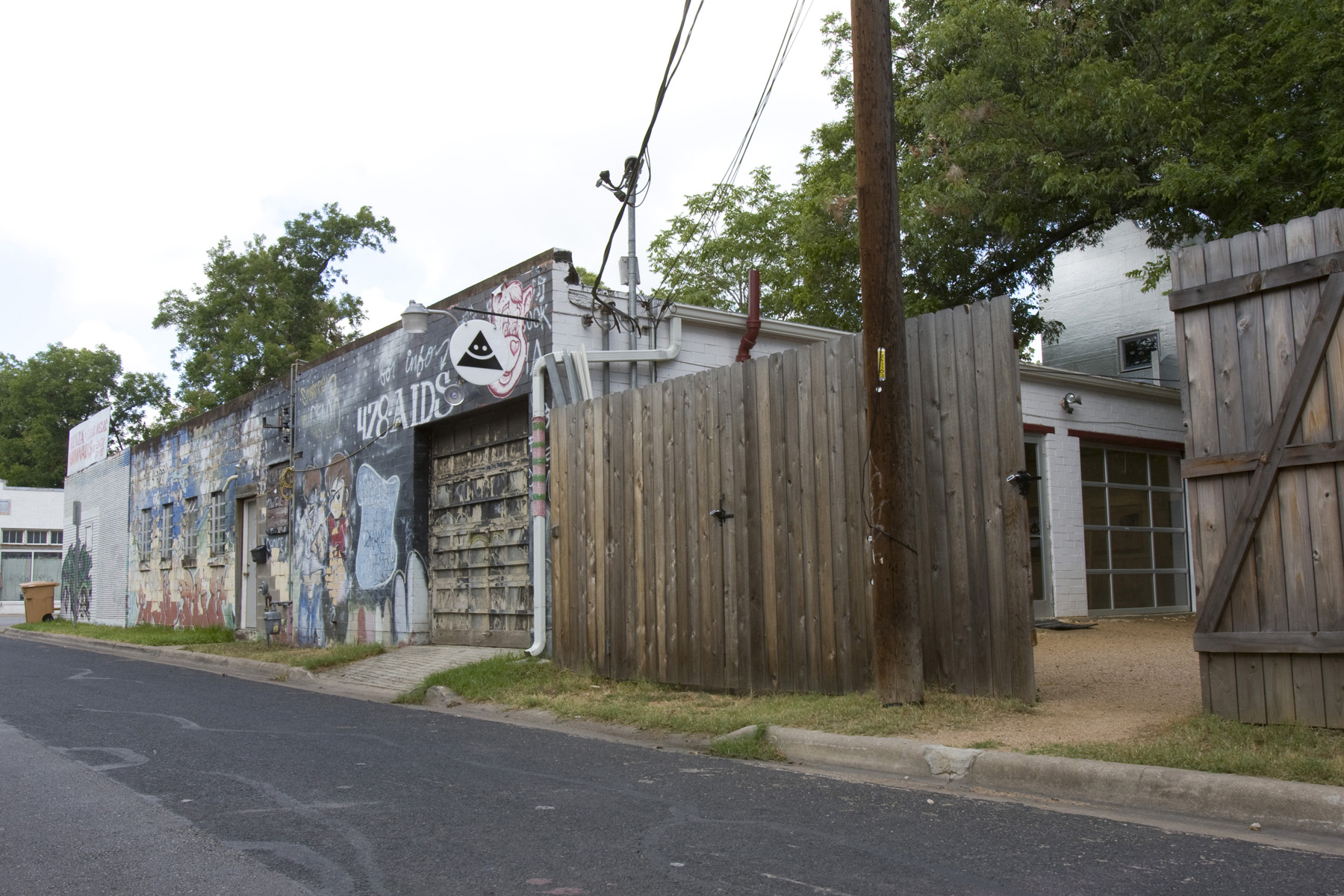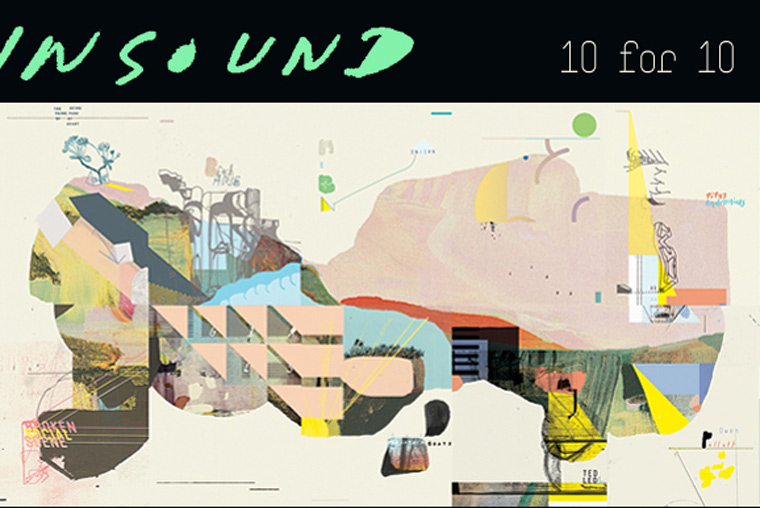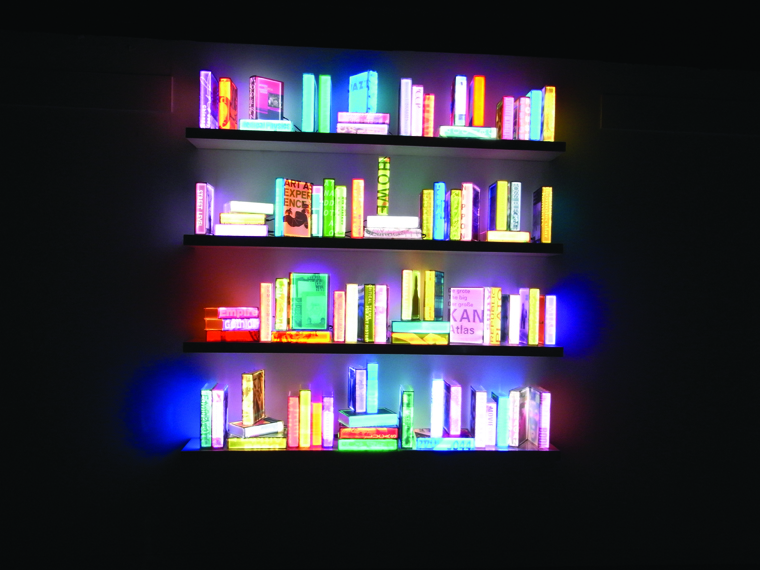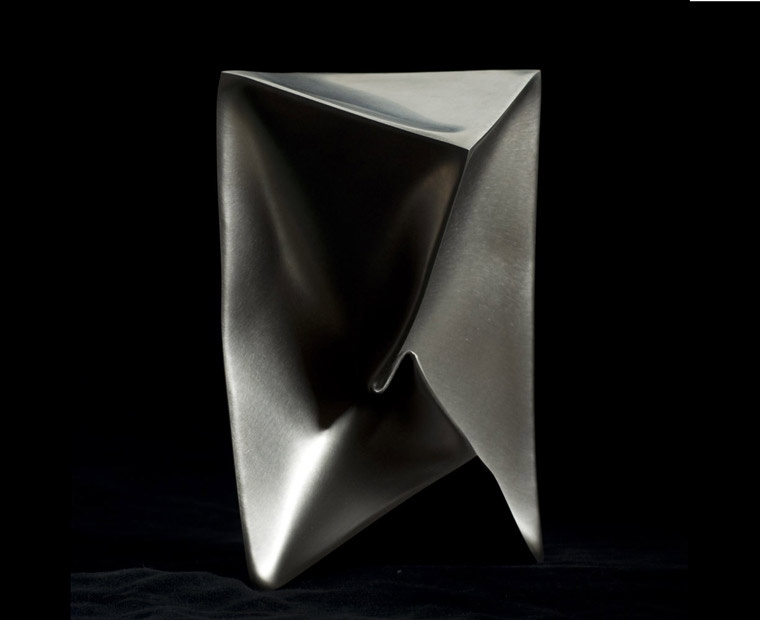For Justin Giarla, owner of San Francisco’s Shooting Gallery, opening up an art space in a once-dicey neighborhood was inevitable — especially considering that his captivation with the West Coast’s lowbrow scene started when he was in high school.
“I really got hooked on art, and I would cut history, math, and English to go to my other art classes and stay there all day long,” Giarla says. “After a while, my teachers figured it out, but they never really did anything or said anything because they were just kind of like, ‘Well, at least he’s still in school.'”
